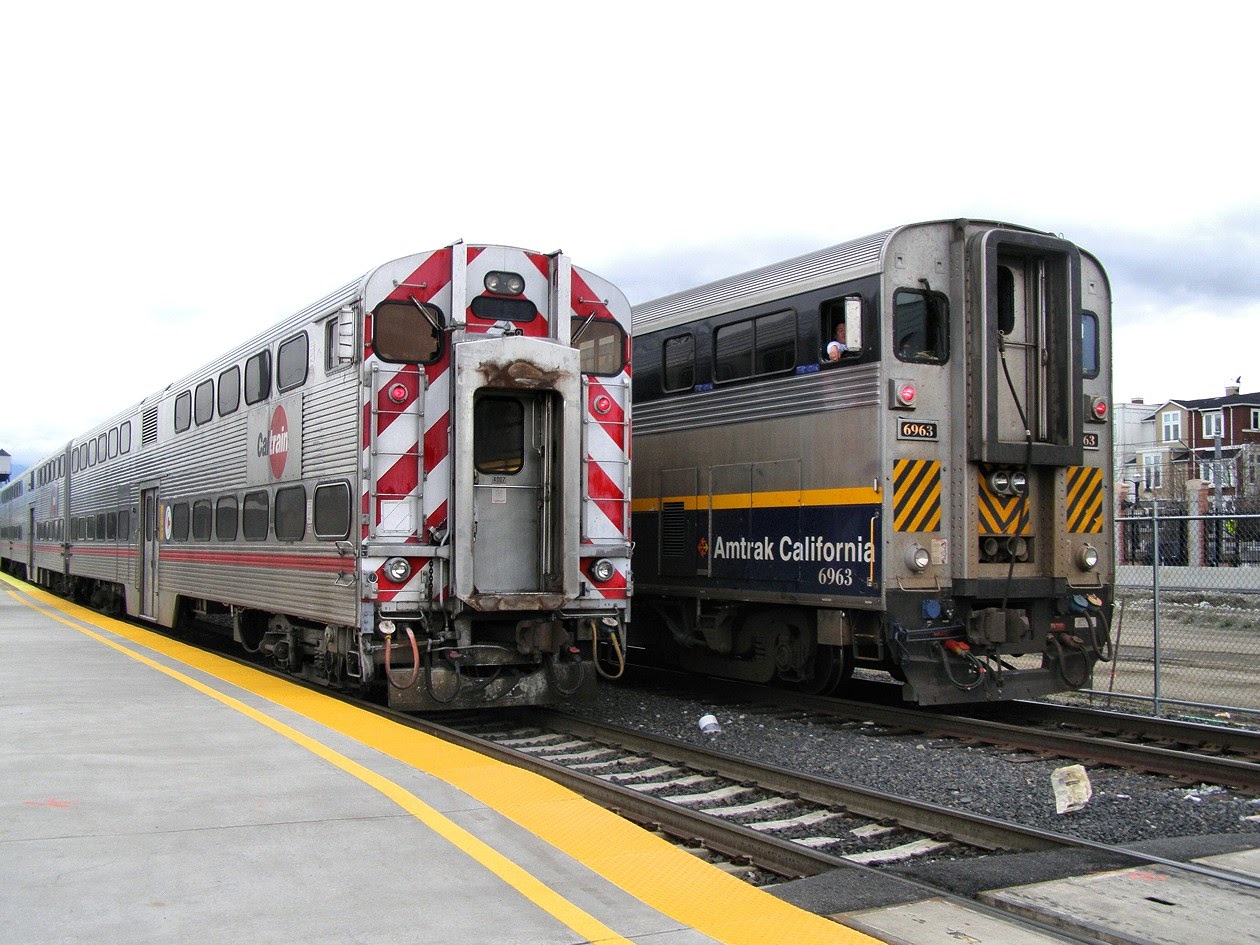tjemartin
Train Attendant
- Joined
- Jan 8, 2010
- Messages
- 60
Hello,
I've never been on a commuter rail train except for a GO train in Toronto, ON. I usually take Amtrak from Niagara Falls, ON to Wilmington, DE to visit friends and family in that area. When going through the NYC area, sometimes I'll see a commuter train go overly fast in reverse.
I know trains can go in either direction, but if a commuter train is going so fast in reverse, how is it the engineer/conductor(sorry I'm a little rusty on the exact terminology) can see where the train is going with so many cars that hooked up behind (or in this case in front of the engine). To me it looks like an accident waiting to happen
I've never been on a commuter rail train except for a GO train in Toronto, ON. I usually take Amtrak from Niagara Falls, ON to Wilmington, DE to visit friends and family in that area. When going through the NYC area, sometimes I'll see a commuter train go overly fast in reverse.
I know trains can go in either direction, but if a commuter train is going so fast in reverse, how is it the engineer/conductor(sorry I'm a little rusty on the exact terminology) can see where the train is going with so many cars that hooked up behind (or in this case in front of the engine). To me it looks like an accident waiting to happen






